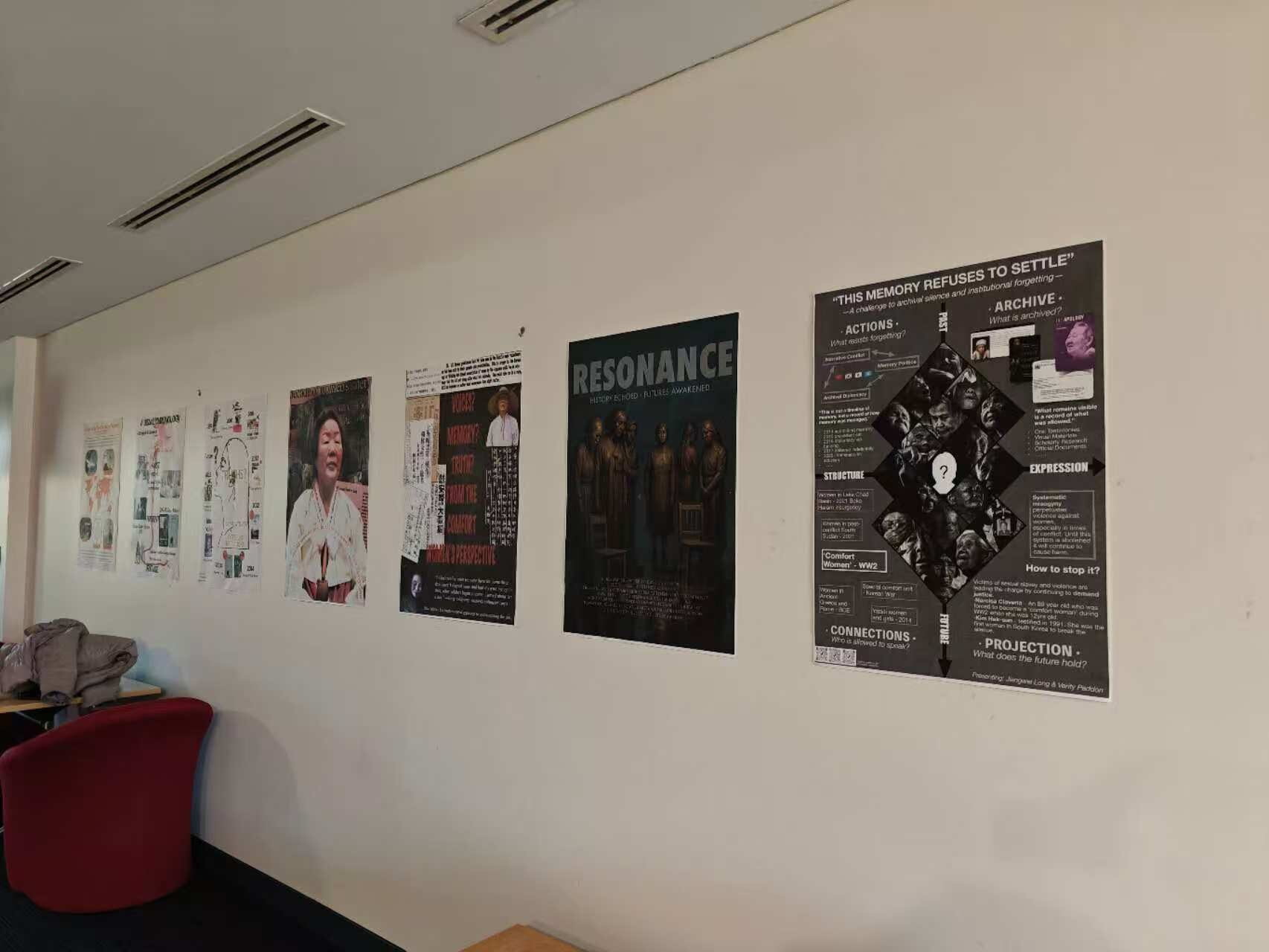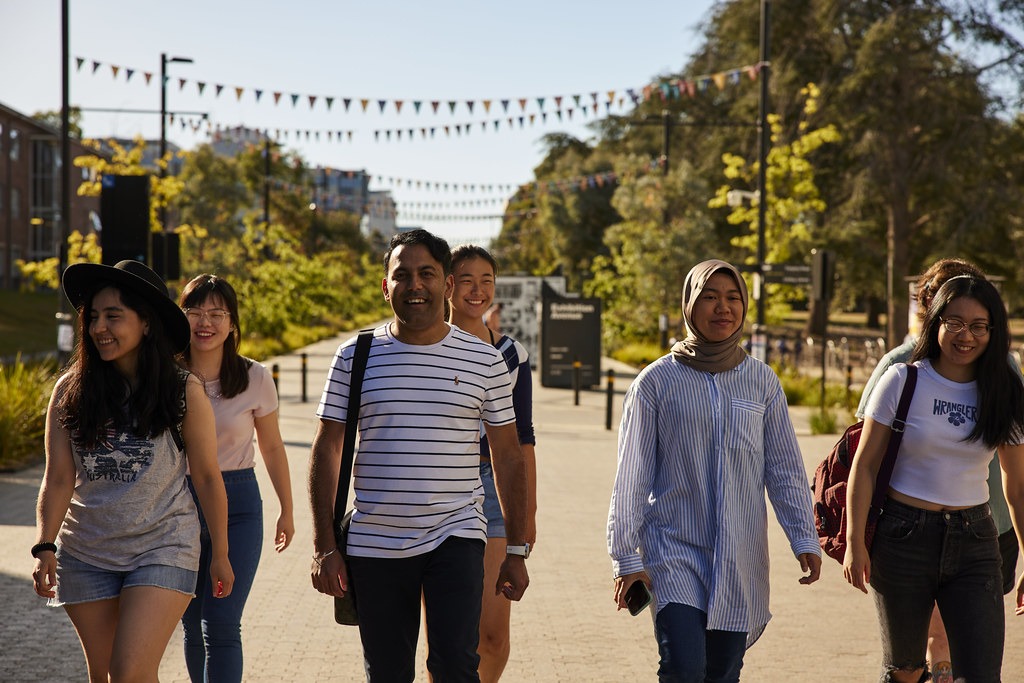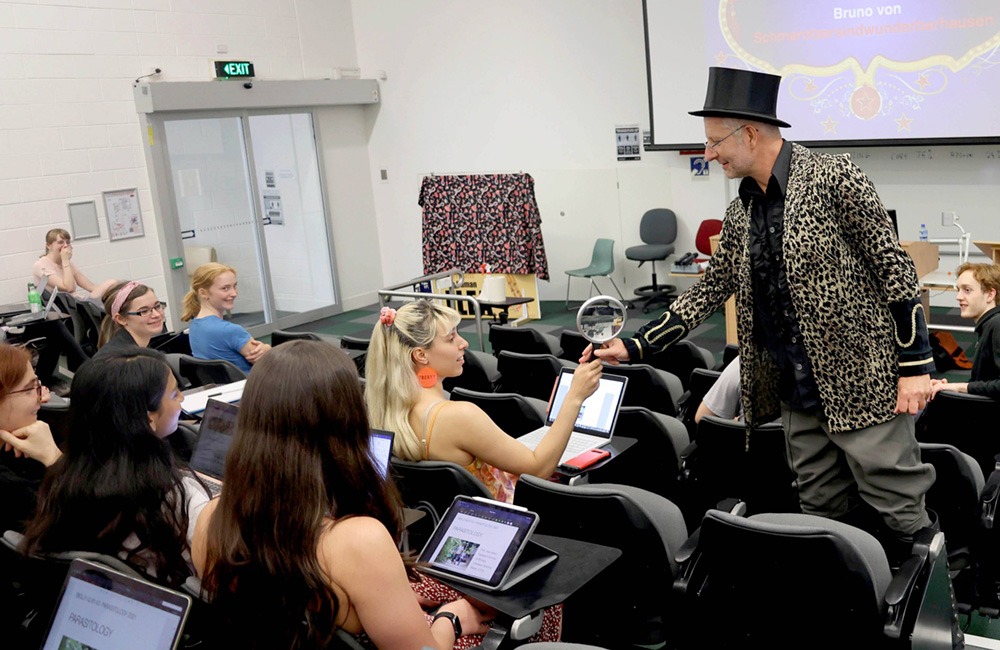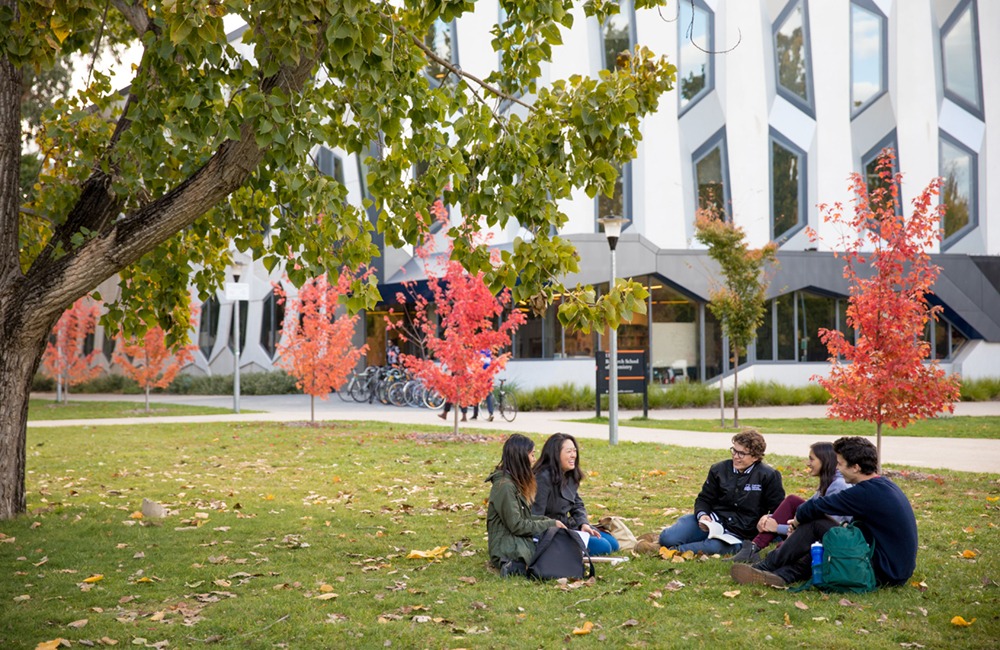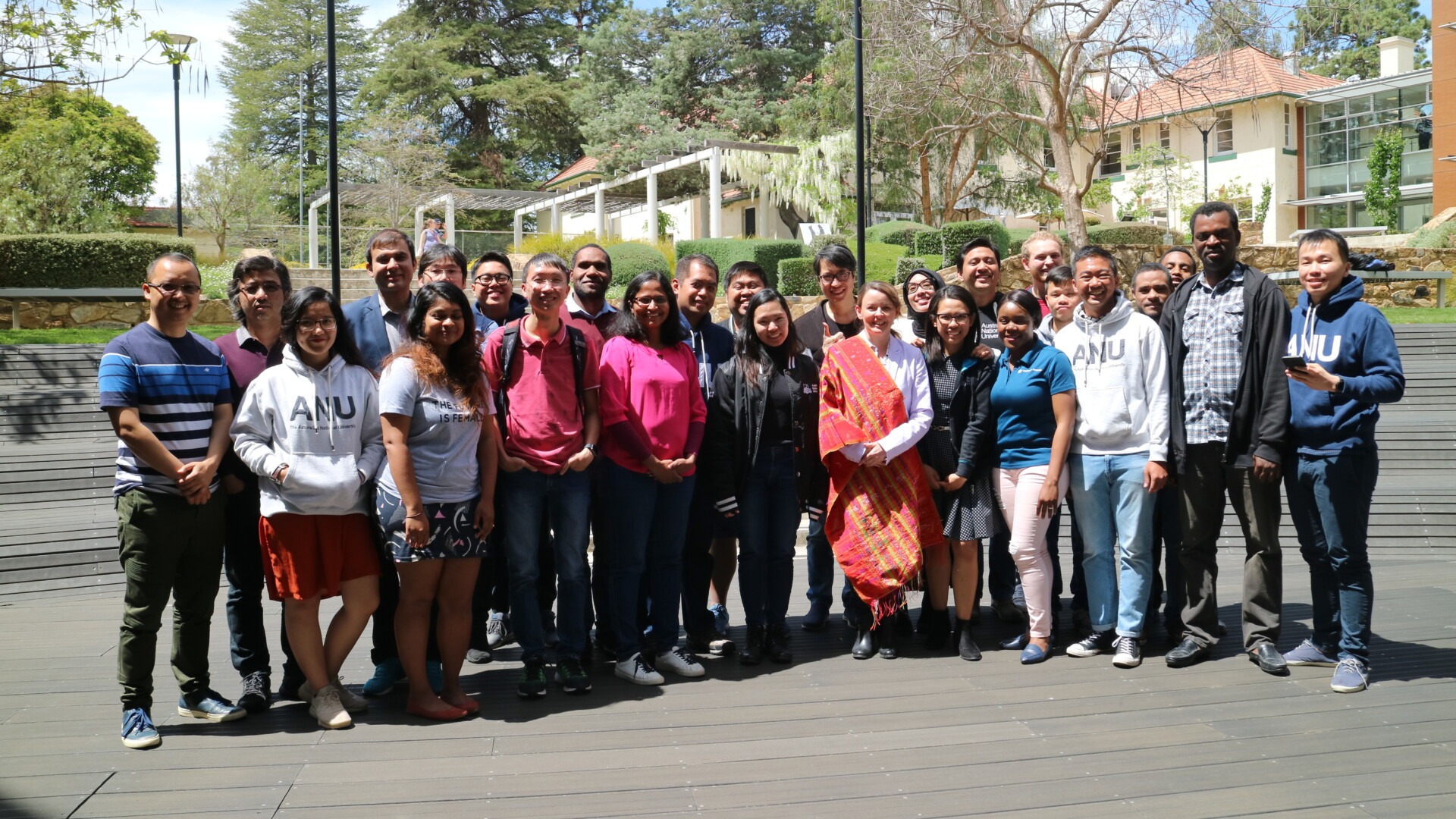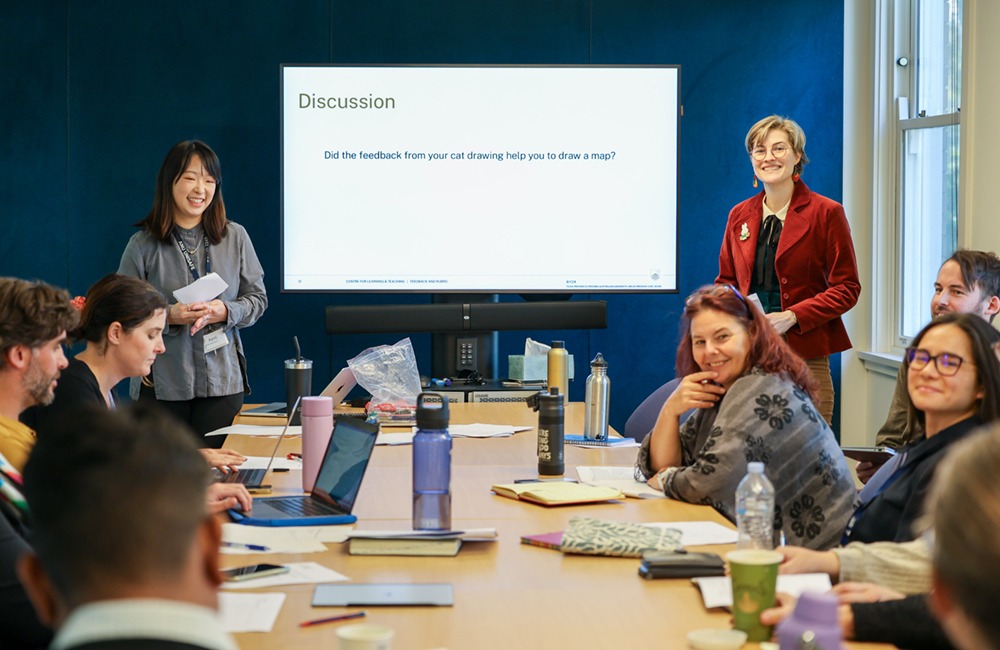In this era where technology and pedagogy increasingly intersect, the terms “flipped learning” and “blended learning” often come up in discussions about innovative teaching. Both approaches improve students’ academic performance (Cao, 2023; Tutal & Yazar, 2021), foster higher-order thinking competencies (Brewer & Movahedazarhouligh, 2018), and enhance engagement (Bond, 2020; Means et al., 2013); however, they slightly differ in certain ways. By understanding the nuances of both approaches and applying them effectively, educators can significantly improve students learning experience.
Understanding blended and flipped learning
Flipped classroom fundamentally changes how class time is used. Traditionally, lectures take place in the classroom, and students work on assignments or discussions at home. With the flipped model, this format is reversed: students engage with lecture content (e.g. pre-recorded videos, readings or podcasts) outside of class, allowing class time to be used for discussions, problem-solving tasks, analysis of advanced concepts, and collaborative activities that involve higher order thinking. The goal is to foster deeper understanding and active learning by freeing up time for more meaningful interactions among students and teaching staff.
Blended learning is a broader term for approaches that integrate various modes of instruction, including face-to-face and online learning, technology-enhanced and traditional activities, as well as synchronous and asynchronous learning modes. Instead of shifting all lecture content to pre-class time, blended learning integrates digital resources and activities alongside traditional teaching, offering a mix of synchronous and asynchronous learning experiences. This approach offers flexibility and enhances student engagement through diverse learning pathways, allowing students to access materials and activities outside the classroom at their own pace.
Both approaches leverage technology and promote active learning for deeper student engagement. However, flipped classroom is more about restructuring time to maximise student engagement while blended learning enhances the overall teaching strategy by combining both in-person and online education.
Let’s explore our new online resources!
Are you seeking inspiring and practical ideas for integrating blended learning approaches into your teaching? Please consider the following guides:
What is blended learning? is a great starting point for educators who want to explore the basics of blending digital and in-person learning. It explains how blended learning enhances flexibility and supports student preferences.
How to blend your course: three levels of blending offers more in-depth strategies to help educators gradually introduce blended learning elements into their courses. Whether you’re looking to dip your toes into blending with simple online components or fully integrate digital tools across a course, this resource offers practical examples tailored to different levels of effort and complexity.
Dr Nguyen Bui, Education Designer at the ANU Centre for Learning and Teaching
References
Bond, M. (2020). Facilitating student engagement through the flipped learning approach in K-12: A systematic review. Computers & Education, 151,1–36. https://doi.org/10.1016/j.compedu.2020.103819
Brewer, R., & Movahedazarhouligh, S. (2018). Successful stories and conflicts: A literature review on the effectiveness of flipped learning in higher education. Journal of Computer Assisted Learning, 34(4), 409–416. https://doi.org/10.1111/jcal.12250
Cao, W. (2023). A meta-analysis of effects of blended learning on performance, attitude, achievement, and engagement across different countries. Frontiers in psychology, 14, 1212056. https://doi.org/10.3389/fpsyg.2023.1212056
Means, B., Toyama, Y., Murphy, R., & Baki, M. (2013). The effectiveness of online and blended learning: a meta-analysis of the empirical literature. Teachers College Record, 115(3), 1-47. https://doi.org/10.1177/016146811311500307
Tutal, Ö., & Yazar, T. (2021). Flipped classroom improves academic achievement, learning retention and attitude towards course: A meta-analysis. Asia Pacific Education Review, 22(4), 655–673. https://doi.org/10.1007/s12564-021-09706-9
